Speak to a Republic of the Congo expert today
and start planning your tailor-made holiday

Alistair
Republic of the Congo Expert
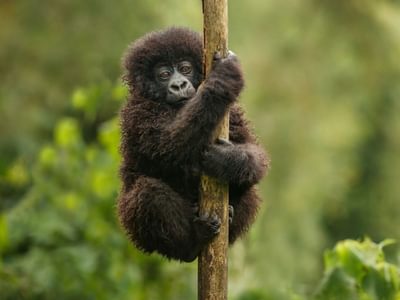
Not to be confused with the DRC to the east, The Republic of the Congo is a stable, former French colony located in central Africa.
Gorilla trekking in the Republic of the Congo offers one of the most unique wildlife experiences in Africa, allowing you to encounter the rare and endangered western lowland gorillas in their natural habitat. In this guide, we’ll cover everything you need to know, from the best times to visit to where to stay, how to get permits, and why the Republic of the Congo offers a distinct experience from trekking in Uganda or Rwanda.
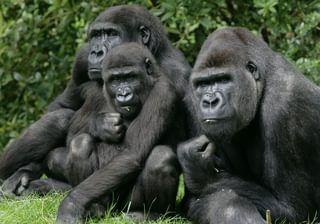
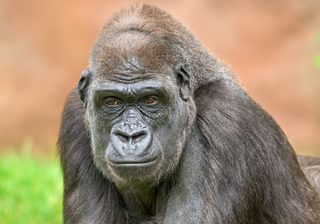
Gorilla trekking in the Republic of the Congo involves hiking through the rich rainforests of the Odzala-Kokoua National Park to track and observe western lowland gorillas. Unlike the mountain gorillas found in Rwanda and Uganda, the western lowland gorillas are smaller, with unique social structures and behaviours.
Your trek will take you deep into the heart of the rainforest, where professional guides and trackers lead small groups (usually 6-8 people) through heavy vegetation in search of gorilla families. The treks can be physically demanding, so a moderate fitness level is recommended. Children under 15 are generally not permitted on treks, ensuring a focused and serene experience for adult travellers.
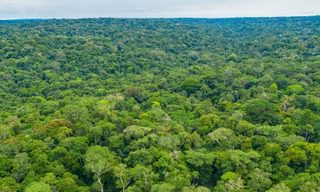
While Uganda and Rwanda are well-known for gorilla trekking, the Republic of the Congo offers a more off-the-beaten-path experience, ideal for adventurous travellers. Here’s why you should consider Congo over other destinations:
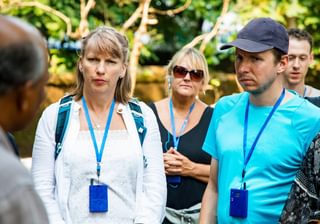

To reach the Republic of Congo, international flights are available to Brazzaville. From there, domestic flights or ground transfers can take you to Odzala-Kokoua National Park. Be sure to check the latest travel advisories and entry requirements before planning your journey.
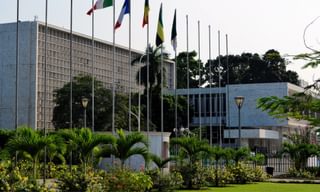
Western lowland gorillas are more numerous than their mountain cousins, though they are still critically endangered due to poaching, habitat loss, and disease. Odzala-Kokoua National Park is home to one of the largest populations of western lowland gorillas, with several habituated groups available for trekking.
Exact numbers fluctuate, but it’s estimated that there are several hundred western lowland gorillas in the park, with a few key family groups being regularly tracked for tourism and research.
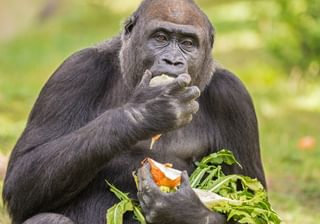
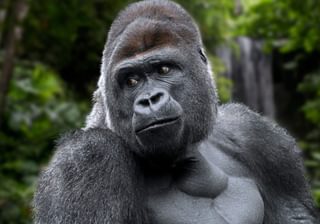
We offer 8-day Odzala Gorilla Trekking & Wildlife Safari and 11-day Congo Gorilla Safari & River Adventure trips to Odzala-Kokoua National Park, providing ample time to fully immerse yourself in the region’s beauty and wildlife.
Gorilla trekking in the Congo is generally more affordable than in Rwanda, though costs can vary depending on the level of luxury and the specific tour package you choose. Here’s a rough breakdown:

Gorilla trekking in Congo is available year-round, but the best time to visit is during the dry seasons, which run from June to September and December to February. During these periods, the weather is more predictable, and the forest trails are less muddy, making trekking easier.
The rainy seasons, from March to May and October to November, are still an option for the more adventurous, but be prepared for challenging conditions with slippery terrain. However, the rainforest is at its most vibrant during these months, and the fewer tourists can lead to a more solitary experience with the gorillas.
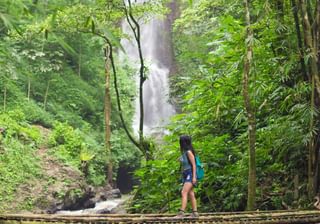
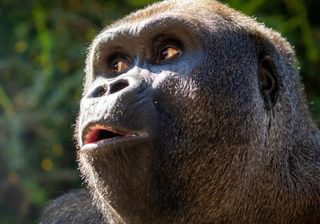
Yes, gorilla trekking in the Republic of the Congo is generally safe, particularly in Odzala-Kokoua National Park. The park is located in a stable region of the country, far from the conflict zones that have affected other parts of the Democratic Republic of Congo. Treks are led by experienced guides and trackers who are well-versed in ensuring the safety of both visitors and the gorillas.
As with any adventure in the wild, there are physical demands, and visitors should be prepared for arduous hiking through dense forests. However, the experience is suitable for most healthy individuals, and porters are available to assist with carrying bags and equipment if needed.
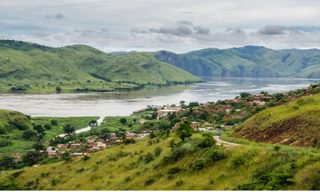
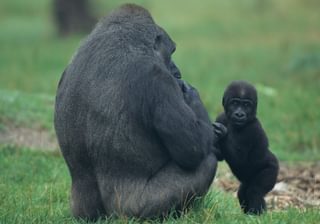

Gorilla trekking in the Republic of the Congo offers a truly unique and rewarding experience, far from the crowded circuits of Uganda and Rwanda. With fewer visitors, a pristine natural environment, and the chance to encounter the rare western lowland gorillas, it’s an adventure that combines wildlife, conservation, and a sense of discovery.
Whether you’re staying at the luxurious Ngaga Lodge or exploring the wetlands near Lango, a trek in Odzala-Kokoua National Park is sure to leave you with memories that last a lifetime
and start planning your tailor-made holiday

Republic of the Congo Expert